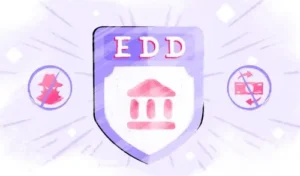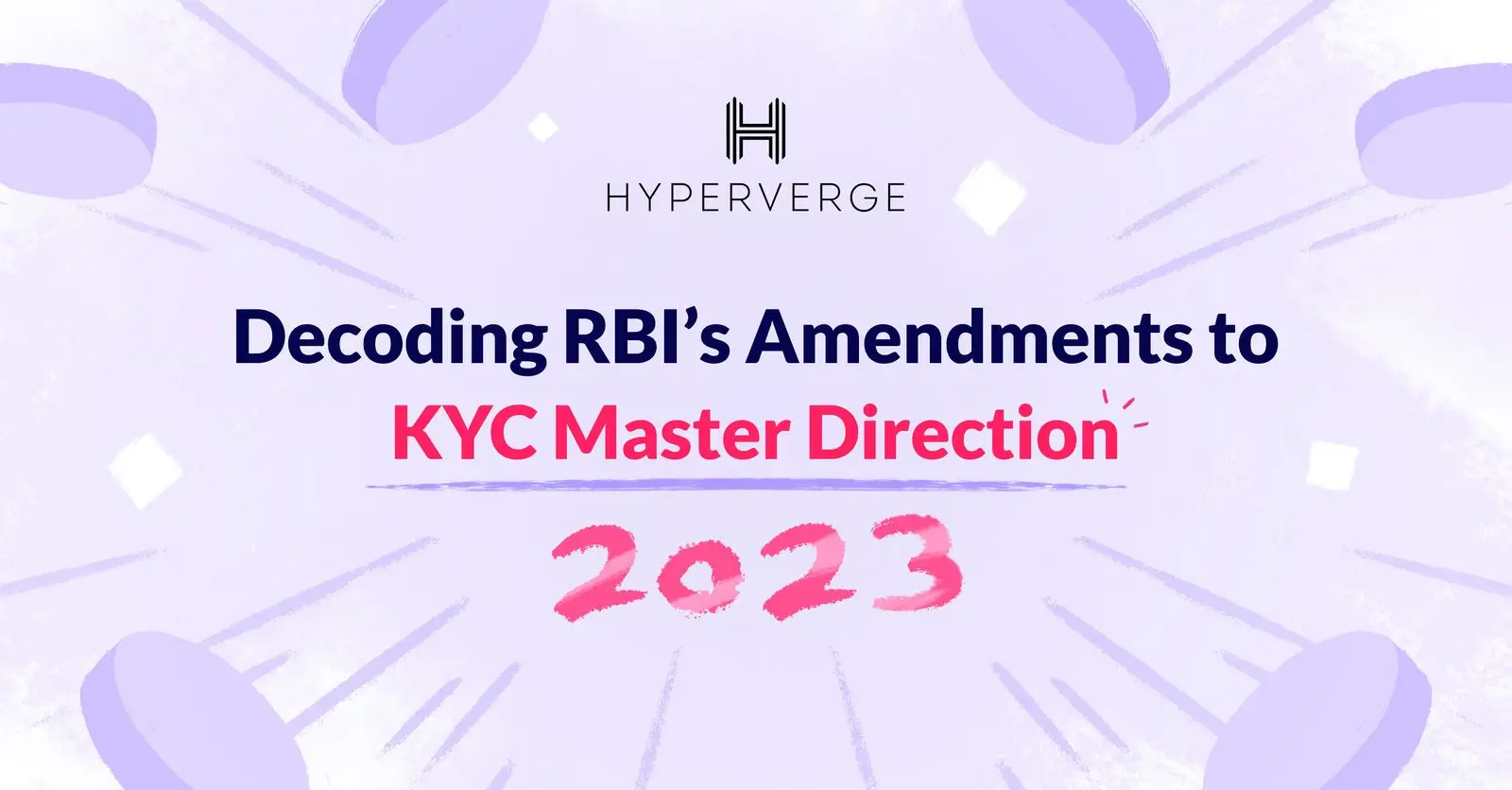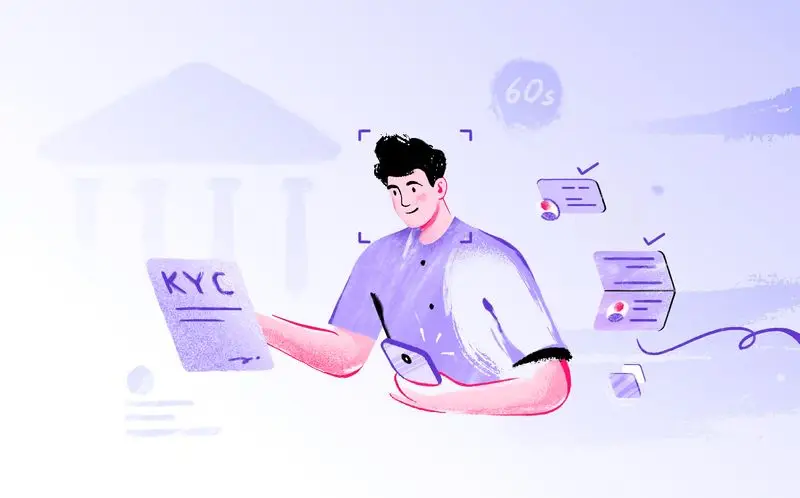In the business world, nothing is more important than acquiring new customers because that’s how a company can progress and stay ahead of competitors. However, it is imperative to know the previous and current business dealings of every new customer to avoid issues like fraud, money laundering, etc.
That’s the main reason why financial institutions make sure that KYC (Know Your Customer) gets done properly so that they can fully comply with the Anti-Money laundering (AML) laws in place. When a satisfactory KYC check gets done, your chances of paying regulatory fines or being the victim of fraud get reduced significantly.
In the present scenario, customers are interested in getting KYC done online so that they don’t have to waste precious hours meeting the concerned relationship manager in person. eKYC means online KYC, which can be done by simply responding to some mandatory questions over a video call.
It is worthy to note that to cover all bases, two different KYC approaches have been developed: Customer Due Diligence (CDD) and Enhanced Due Diligence (EDD).
What does CDD (Customer Due Diligence) mean?
CDD is a KYC verification process that does the background verification of each customer and evaluates the risk associated. This verification process is important to avoid running into financial issues related to poor creditworthiness and violation of AML (Anti-Money Laundering) or CTF (Counter-Terrorist Financing) policies.
What does EDD (Enhanced Due Diligence) mean?
EDD is a KYC verification process that scrutinises business partnerships on a greater level to highlight those risks that generally get missed during the CDD process.
Enhanced Due Diligence is usually required for customers who are flagged as high-risk or have high net-worth because they are capable of carrying out large, risky transactions. Therefore, financial institutions go one step above CDD and perform EDD to ensure the customer is vetted properly.
Why is EDD Important?
As technology evolves, financial criminals and fraudsters discover new ways of money laundering and other criminal activities. As a result, businesses also need to keep an edge and use the latest technologies to keep in check these cybercrimes. EDD is useful for high-risk cases where large sums of money might be in danger, risks that might not be able to be detected by CDD alone. With higher security measures such as EDD, a Companie’s workload is reduced, allowing it to focus more on building its enterprises.
How does CDD differ from EDD?
CDD is less strict in comparison to EDD. EDD is usually required for those customers who pop up in the high-risk category of the KYC risk-rating system.
When do companies need EDD?
Companies need EDD when dealing with high-risk clients. These high-risk customers may be-
- Politically Exposed Persons (PEPs) or clients who may be closely associated with any PEP
- Clients having a previous track record of financial crime
- Any organization in a sector that is at high risk of money laundering
- Clients undertaking unusually complex or large transactions
- High net-worth individuals
- Any business that originates from the list of High-risk third countries
- Countries having sanctions declared against them
Financial institutions need to be extra careful when doing business which such clients and hence employ enhanced due diligence methods to minimize any risks.
Steps undertaken during EDD
To leave nothing to chance, many steps are followed during the EDD verification process. Here’s a list of the five major steps.
- Monitoring ongoing transactions
To understand customers properly, it is imperative to check transaction details closely and understand their purpose and nature. Financial institutions keep this in mind while performing EDD. They also keep an eye on other crucial details like processing time, interested parties, etc. to study customer behaviour. Even the purpose of scheduled transactions gets checked to ensure that they are within the expected threshold.
- Checking media reports
Information published by reputed media houses plays a pivotal role in uncovering the secrets of a business or an individual customer. While performing EDD, press articles related to high-risk customers get reviewed thoroughly for red flags. Consequently, this kind of research helps to build a detailed customer profile.
In the event of too many negative reports, financial institutions get alerted about the risk involved in doing business with the evaluated customer.
- Analysing sources and UBO (Ultimate Useful Ownership)
To verify the wealth source and its legitimacy, the non-financial and financial assets of customers are evaluated. In case of inconsistencies between the actual earnings and net worth, the customer gets marked as ‘not suitable’ by the team conducting the EDD process.
What’s more? Subsidiaries and shareholders of businesses also get assessed to figure out the UBO (Ultimate Useful Ownership) of the customer’s organisation.
- On-site visit
For banks and financial companies, on-site verification is fundamental. There are multiple cases where so-called business owners register a single room in any particular building and call it an office for loan approvals. Once the amount gets credited to their account, the customers avoid the authorities.
That’s the main reason why teams performing EDD match the physical address with the one mentioned in the submitted documents. In case of discrepancy, the risk-based threshold is deemed as breached.
- Preparing reports for further investigation
At the end of the assessment, a comprehensive report is drafted about the customer for future references. It is worthy to note that such reports get developed based on a score-based system, and customers with high scores are approved and considered eligible for business dealings with the organisation.
All the reports are stored on a secure server so that they can easily be accessed whenever regulators want. The data is stored in accordance with the GDPR (General Data Protection Regulation) norms, thereby ensuring the security of confidential information.
Conclusion
In the recent past, problems related to fraud, cybercrime, money laundering, etc., have been agonising for financial institutions, and that’s why both eKYC and Continuous KYC (cKYC) procedures are strictly followed before getting a customer on board.
Customers with high net-worth are usually considered beneficial because they can propel the business growth of financial institutions, but these customers come with caution. Therefore, enhanced due diligence (EDD) should be done to verify the legitimacy of the customer.
How can HyperVerge help?
HyperVerge is an industry leader in providing Video KYC services compliant with RBI regulations. The company uses advanced technologies to augment the process of virtual identification and make it robust.In case you are looking for a partner that can help you with Video KYC, join hands with HyperVerge.








